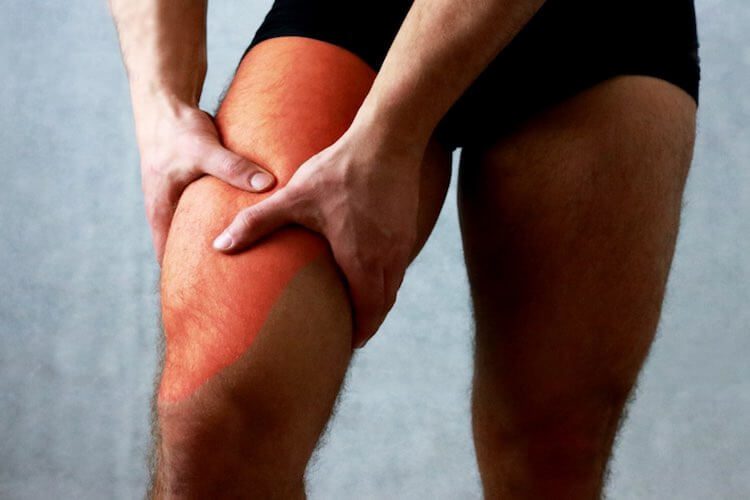that put pressure on the bladder like jogging, lifting, laughing, or sneezing. It affects up to one in three women who have had a baby, but also affects women who have never had children.
When leakage occurs with an overwhelming desire to go to the toilet this is called urge urinary incontinence. Sometimes this strong urge makes you rush to the toilet and then the bladder muscle contracts strongly and causes leakage. Common triggers can be washing hands, putting a key in the door or anxiety. Sometimes to avoid leakage women will go to the bathroom many times per day (five to six is normal), limiting their ability to relax and ‘live in the moment’. Urge urinary incontinence affects more women than men and the risk of developing this condition increases as you age.
Women may experience these different types of leakage together (mixed urinary incontinence) or independently.
The cause of your leakage may be quite different from that of another woman, despite having similar symptoms. For example, leaking during exercise can occur for different reasons. Urinary incontinence is not a straight forward condition.
Symptoms and causes
Leakage of urine with coughing, sneezing, laughing, exercising or while trying to reach the toilet are all symptoms of incontinence. This could be caused by weak or poorly functioning pelvic floor muscles, drinking too much fluid, or poor toilet habits. To reduce or cure your leakage you will require an accurate diagnosis of what type of incontinence you are experiencing and what the causes may be. Each treatment is individual to you and your circumstances.

How can physio help?
An experienced pelvic health physiotherapist is trained to assess your condition, your individual circumstances and your current level of function. The cause is often a result of several factors so your physiotherapist will work with your GP or specialist doctor to ensure your needs are meet, and your whole health is taken into consideration in order to provide a treatment plan that works for your goals and lifestyle needs.
Treatments for people with leakage are varied and there is no ‘one size fits all’ approach. Physiotherapists understand that in order for you to achieve your best outcome, you need to have the treatment that best suits you.
A common treatment that works for many women is pelvic floor muscle training. Pelvic health physiotherapists are experts in pelvic anatomy and function. They are also skilled in teaching patients how to best perform an exercise and reach their goals.
There is a lot of research that supports the use of pelvic floor muscle training as a treatment for people who have stress, urge or mixed urinary incontinence. This training can decrease or entirely eliminate the amount of urine leaked and/or reduce the number of times a day you experience leakage. Pelvic floor muscle training done correctly should have no adverse effects, meaning there is no risk to you.
The way you do the exercises prescribed for you is important, and your pelvic health physiotherapist will help assess your current strength, endurance and where you need to improve.
In some cases, pelvic floor muscle training may not be the best treatment for your condition. In this instance, your physiotherapist will discuss the reasons behind your leakage and provide appropriate treatment, advice and in some cases recommend a referral to other specialists.
Do you live with a chronic health condition?
Our women’s health physiotherapists help you recover from injury, reduce pain and stiffness, increase mobility and prevent further injury. They listen to your needs to tailor a treatment specific to your condition.
You don’t need a doctor’s referral to see a physiotherapist, but in many cases physiotherapists, doctors and other health professionals will work together to plan and manage treatment for your specific condition.
Some of the many techniques physiotherapists use to treat and help you overcome your condition include exercise programs to improve mobility and strengthen muscles, joint and/or soft tissue manipulation and mobilisation to reduce pain and stiffness and muscle re-education to improve control.



